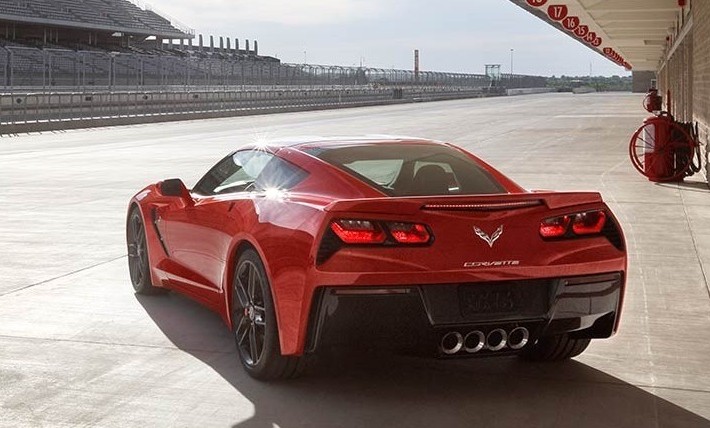Electronics VP Discusses Development of High-tech Stingray Cluster
From the exterior design to the enhanced performance features, there’s no doubt that the 2014 Corvette Stingray has ushered in a new era for the American sports car. However, it might be the C7’s technology in the cockpit featuring 69 different display configurations that will draw younger buyers to the car. To gain more insight on the displays, I recently caught up with Scott Wright, vice president of electronics for Johnson Controls, which co-developed the technology with Chevrolet.
When did Johnson Controls actually start working with GM on the development of the new Corvette interface – and how long did the process take?
Johnson Controls initiated a capabilities overview with General Motors approximately 4 years ago, focused on programs like the Corvette where we felt our team could help GM further differentiate [themselves] in the market. Our expertise working with GM engineering, quality, design and program teams, coupled with our global experience supplying GM with instrument clusters, created the opportunity to assume broader responsibilities on the Corvette program.
The core foundation of the development of the technology is centered on what Johnson Controls describes as ‘Human Machine Interface’ technology. What exactly does that process entail?
We balance user behavior, the context of the driving environment and technology that connects to the driver’s senses. We use an iterative process of creating, testing and refinement. This is achieved with a cross-functional, multidiscipline team that applies overlapping skill sets in consumer and market research; interaction, industrial and graphic design; software and hardware simulation; engineering; and human factors.
What specific elements of the new Corvette’s interface was Johnson Controls responsible for?
The Johnson Controls Design Studio translated the customer brand and vision through a user-centric design approach. We translated our customer’s theme and were responsible for the interaction, graphic design and the animation transitions. We were responsible for proposing multiple recommendations for the interaction and graphic designs that were based on feasibility of Johnson Controls hardware.
What were some of the challenges your team faced when developing an interface with 69 different possible configurations?
One challenge was creating a set of guiding principles to ensure a consistent method for configuring user preferences in the interaction.
What was the testing process like for the technology to ensure that it wasn’t too distracting but still engaging?
Interaction modeling of hardware and software played a key role in user testing feedback. We executed several rounds of usability testing in our drive simulator in order to make recommendations to our customer to ensure that we are balancing the emotional brand aesthetic attributes, to the function and intuitive accessibility.
How did Johnson Controls address the issue that some potential buyers of the new Stingray might not be as tech savvy as others when developing the technology?
We were provided demographic requirements from our customer where we recruited test participants that met these criteria. In addition, as part of our co-development process, we ensure we create partnerships with our customers. In order to develop a compelling product like this one, we need the best minds working together. GM marketing and design groups were integral in the decision-making process. Key stakeholders within GM were engaged throughout the process.



